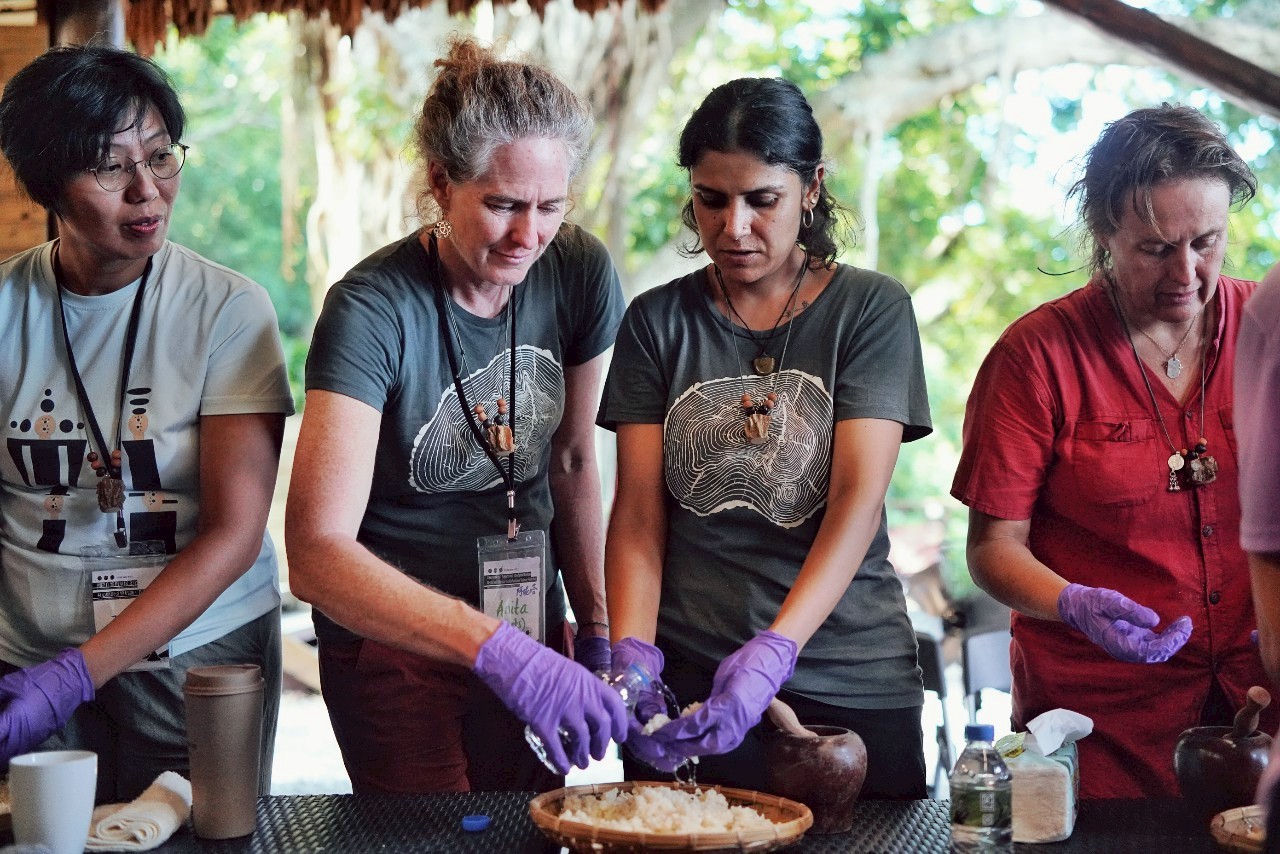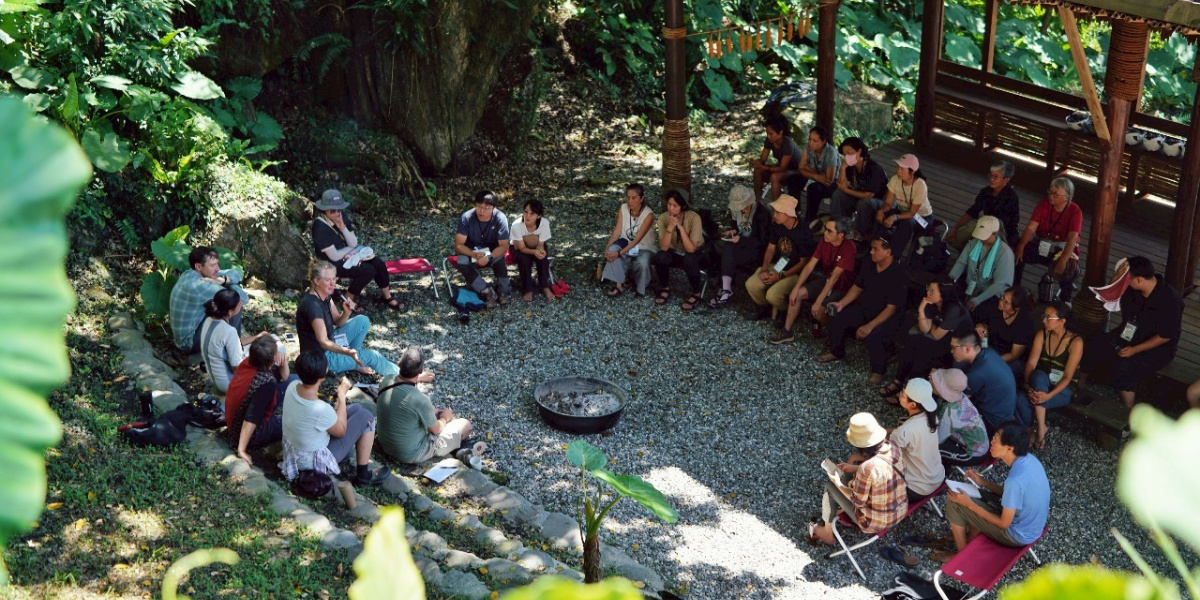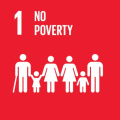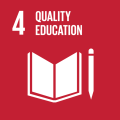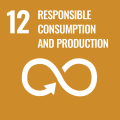The Tribe as the Starting Point, the Forest as the Teacher – A Journey of Healing Where Culture and Nature Intertwine
I used to run wild in the mountains as a child. It wasn’t until I grew up that I realized the teachings of my elders could actually heal the aftereffects of urban life.” Tinag (also known as Xiao Ma), a member of the coastal Bunun community, recalled his childhood living in the mountains with his family.
In 2017, Tinag co-founded the Gao Shan Forest Tribal Ranch in Hualien with clinical psychologist Jasper Hsu. They incorporated the forest survival skills of the coastal Bunun people, Taiwan’s only Bunun group living by the sea, into their adventure-based learning programs. At the start of this summer, the Gao Shan Forest Tribal Ranch initiated a collaboration with the Australian nonprofit organization Adventure Works Australia (AWA), co-organizing a three-day, two-night “Nature Workshop on Holistic Wellbeing Facilitation Rooted in Nature and Indigenous Culture.” Nearly 40 participants joined the workshop at Gao Shan Forest Tribal Ranch, including partners from the BINBIN Ecotourism Alliance (Fengbin in Hualien and Changbin in Taitung), as well as youths from both urban and indigenous communities.
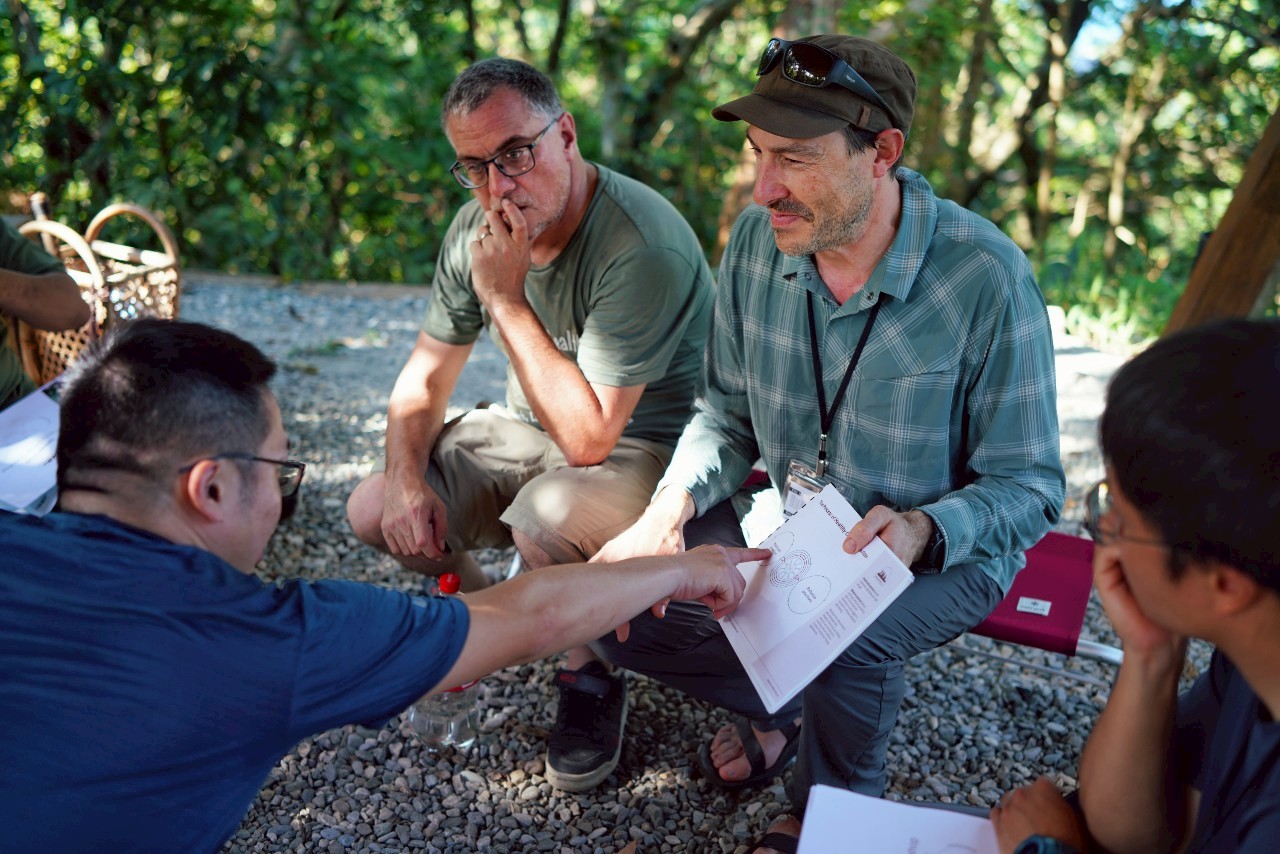
AWA integrates counseling, outdoor education, social work, and indigenous knowledge into the practice of Bush Adventure Therapy (BAT). This visit included co-founder Ben Knowles, who has a background in narrative therapy and outdoor education. From a young age, Knowles accompanied his father in engaging with Australian aboriginal communities, and his long-term connection to the wilderness and the land has fostered a profound bond with nature. The other co-founder, Anita Pryor, brings over 30 years of hands-on experience in youth work, outdoor education, experiential learning, and adventure therapy. Speaking about how AWA began integrating therapy with indigenous culture, she shared that Australian aboriginal people, through their wisdom of coexisting with the land, living with nature, adapting to the seasons, and revering all beings, successfully survived two Ice Ages. This wisdom continues to shape the core of adventure therapy practices today.
Pryor believes that to truly integrate nature and outdoor healing, we must learn from those who understand the land. Her understanding encapsulates the purpose of the workshop – to center indigenous perspectives of respect and collaboration, deeply explore the relationship between people and nature, and nurture the participants’ ability and confidence to carry out helping work in the natural environment.
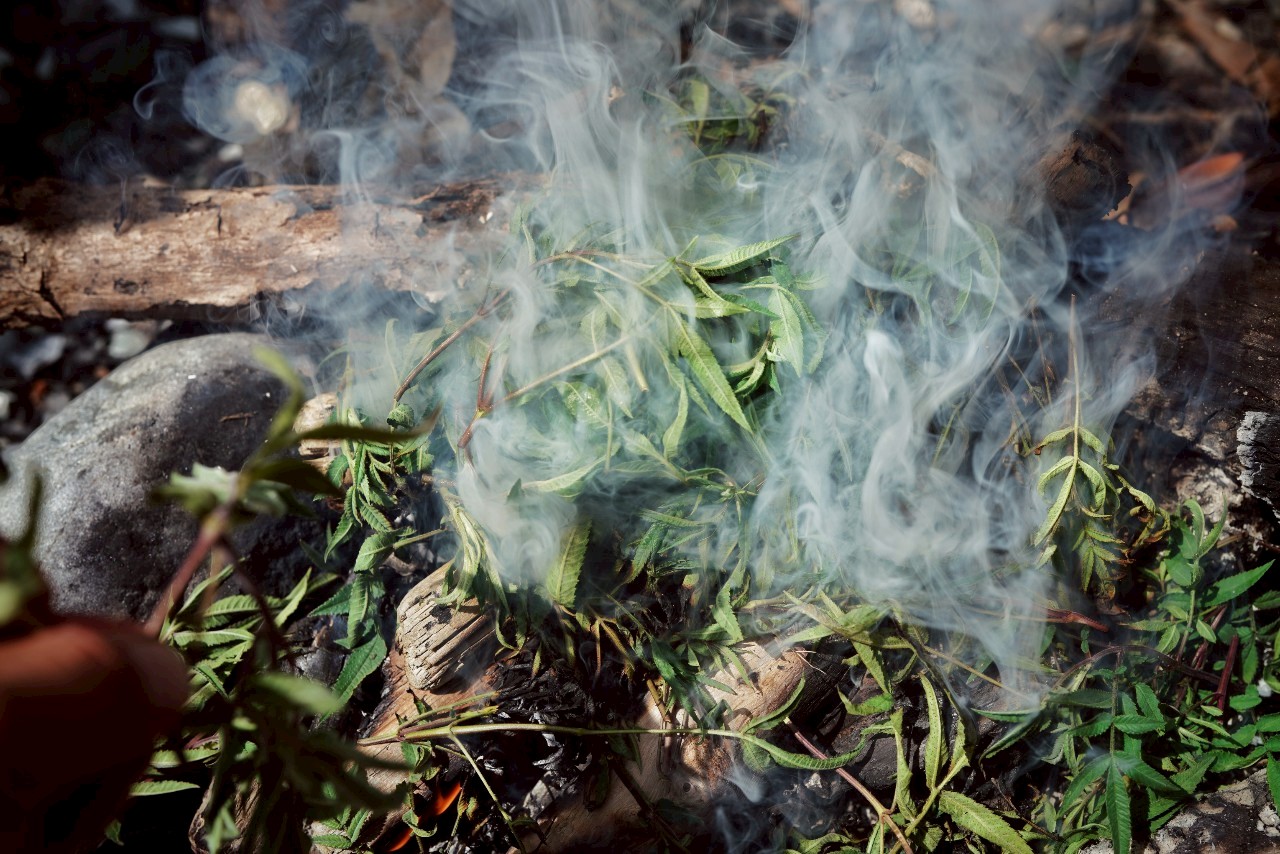
Knock Before Entering the Forest – The Ritual Before Stepping Onto the Land
On the first day of the workshop, the opening ritual began with participants standing “outside the gates” of the tribe. Across a stretch of forest, they called out loudly with a resounding “hu hu hu” to the Bunun elders. One by one, participants threw fragrant mountain marigold flowers into the fire, symbolizing the granting of permission to enter the tribe. Accompanied by the Bunun’s legendary migration story and the haunting resonance of the eight-part polyphonic singing, the workshop officially commenced.
Coincidentally, Australian aboriginal culture also embraces the idea of seeking permission. Luke Mabb, an AWA team member and an indigenous Australian of the Wakka Wakka people, explained that entering the land is not merely about physical access, but about building a relationship. When we arrive at a new land, it is not about assuming possession. We must first knock to sense whether we are welcome, which can sometimes take days or even weeks. Only when you feel welcomed by the land can you begin to learn, to receive its gifts, and to connect with the life upon it. Deeply influenced by his mother, aunt, and grandmother, Mabb sees indigenous culture as the starting point of healing.
At the forest-encircled workshop site, another powerful scene unfolded, participants sat in a circle around a fire. The setup around the fire was intentional, shaped by Mabb’s perspective and rooted in indigenous traditions where gathering in a circle fosters trust and connection. Sitting eye to eye, each person holds an equal voice and perspective. To Mabb, the fire is more than a physical center, it becomes a classroom of life, where people teach, learn, and support one another. He emphasized a guiding principle that what happens around the fire stays around the fire. Conversations and experiences shared there are meant to be held in the moment, helping to create a safe and respectful environment that nurtures a genuine sense of community.
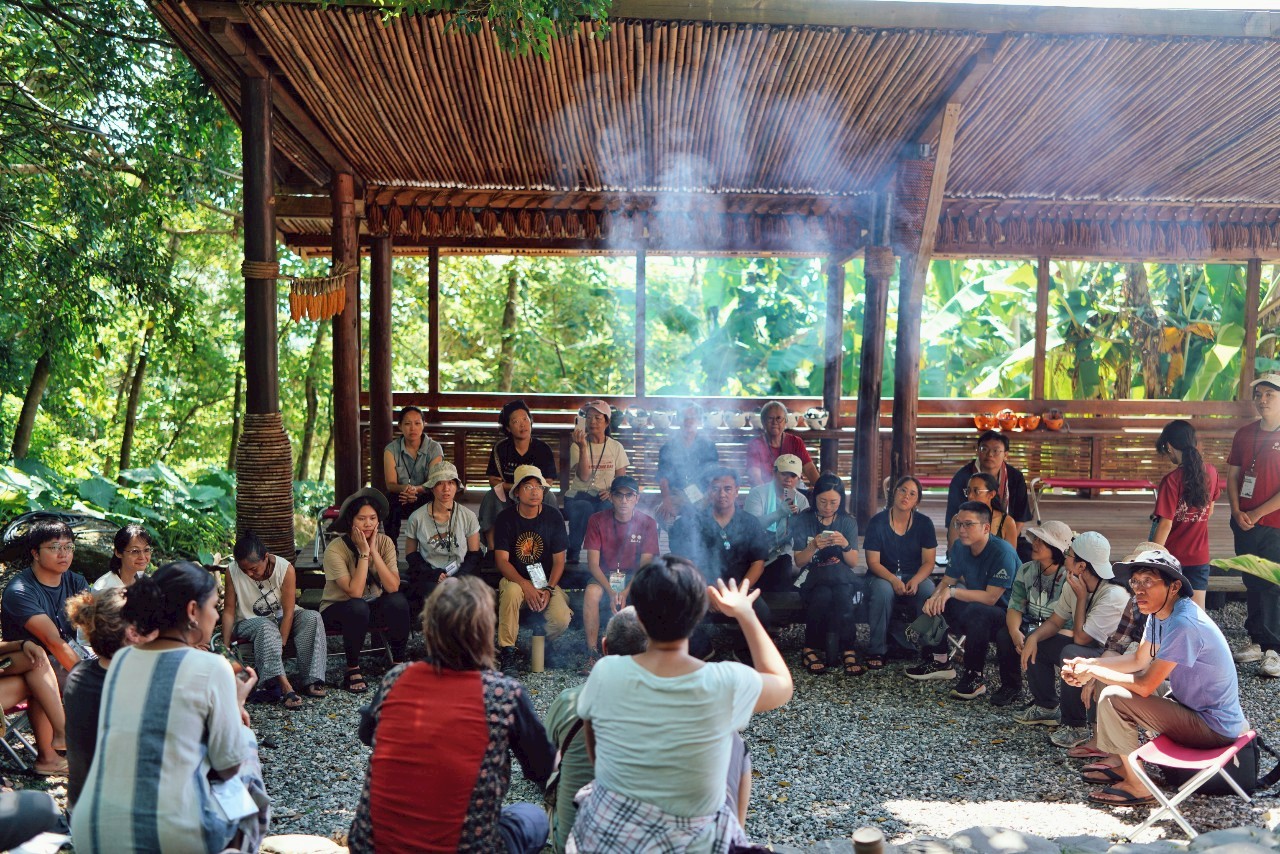
In this setting, it was as if a switch was quietly flipped in each participant’s heart – stories from their lives began to flow naturally. As questions and sharing grew more vibrant, Pryor encouraged everyone that there’s no single fixed framework for practicing BAT. The key is to integrate deeply with local cultures so that unique modes of practice can emerge. The AWA team began their work as learners, building long-term partnerships with indigenous communities. Through deep collaboration, they gradually came to understand indigenous perspectives, and from there, developed what they now call Bush Adventure Therapy anchoring adventure therapy deeply within the context of indigenous cultures.
Pryor also reflected on the origin of the term Adventure Therapy. The word “adventure” comes from Latin, meaning “movement toward,” while “therapy” is derived from Ancient Greek, meaning “to attend to.” Tinag affirmed this concept through his own experience. He shared his love for the solitude of the forest at night, describing how he would turn off his headlamp, armed with only a hunting knife, and sit silently in the darkness. “When my vision is taken away,” he said, “my inner senses become sharper. That’s when I feel the clearest. Though I can’t see anything, I feel a power – a deep inner clarity.” He quoted his elders, “Everyone needs time alone. It is in solitude that we begin to heal ourselves.”
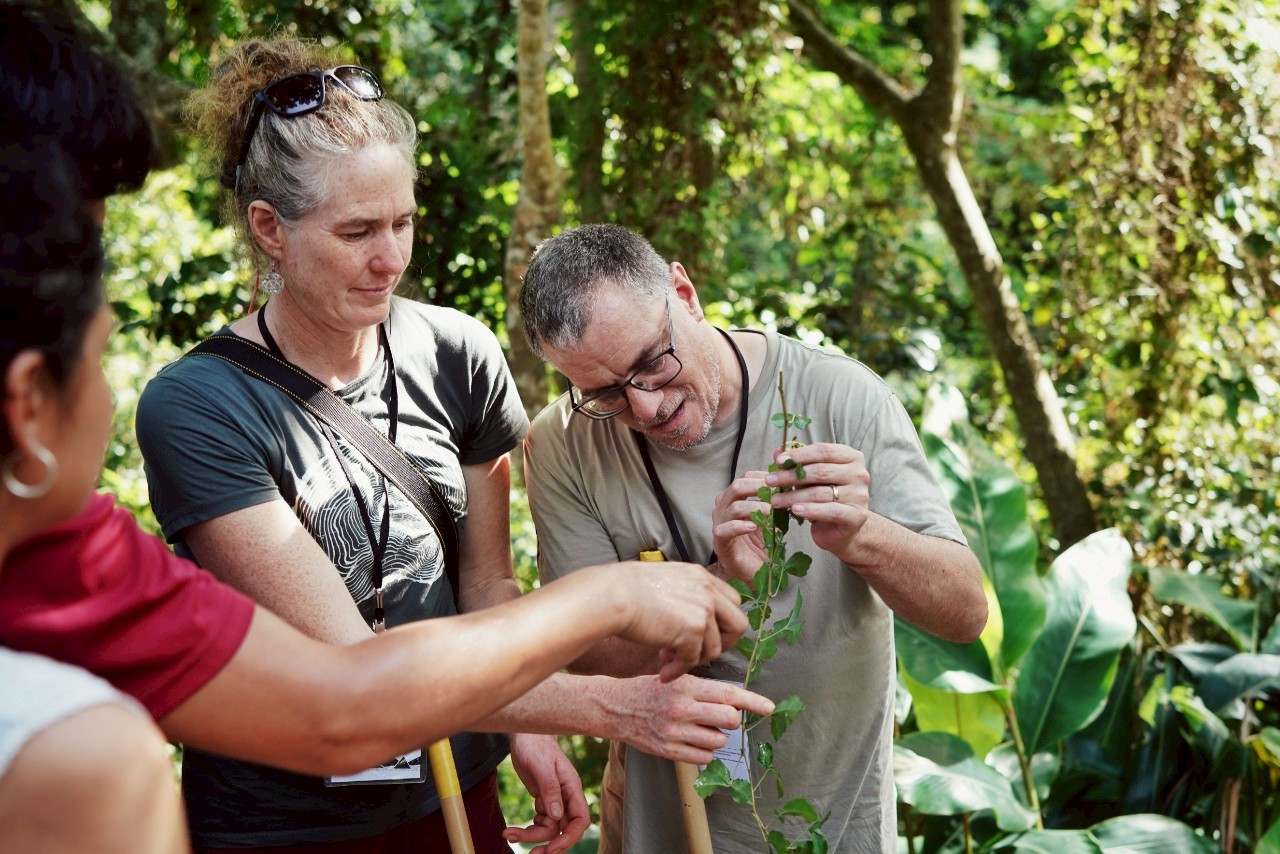
Walking Gently with Fire: The Healing Wisdom of Indigenous Australians
Indigenous Australian culture encompasses many nature-based healing practices. Mabb spoke about the cultural significance of fire among aboriginal peoples how we learn from different indigenous communities about the wisdom of using fire. When the flames are lit, we walk with it, connecting with nature in our most authentic state. It’s about teaching the young, and learning from elders. With the guidance of therapists, these ancient practices have been transformed into a medium for adventure therapy. Fire is our ecological partner – it stimulates plant growth, creates habitats for animals, and fosters a symbiotic relationship between humans and nature. During the burning process, communication in native languages further turns the wilderness into a repository for language and cultural preservation.
These words challenge the mainstream perception of wildfires. With international media often portraying forests engulfed in flames and wildlife fleeing from firestorms, it is difficult to imagine that fire could be a key to disaster prevention in indigenous Australian culture. What Mabb described as “Cultural Burning” is, in fact, an ancient preventative practice – deliberate, small-scale burns that not only clear flammable materials and encourage ecological renewal but also create natural firebreaks before the dry season. To indigenous peoples, fire symbolizes rebirth, not destruction. It’s not about fighting the fire, but to learn its rhythm.
This perspective reflects the profound interdependence that once existed between humans and nature. “From the lens of human evolution, for 80-90% of our history, we were deeply connected to the natural world,” said Hsu. “The dramatic shift that occurred in such a short span of time is, in itself, a form of disruption.”
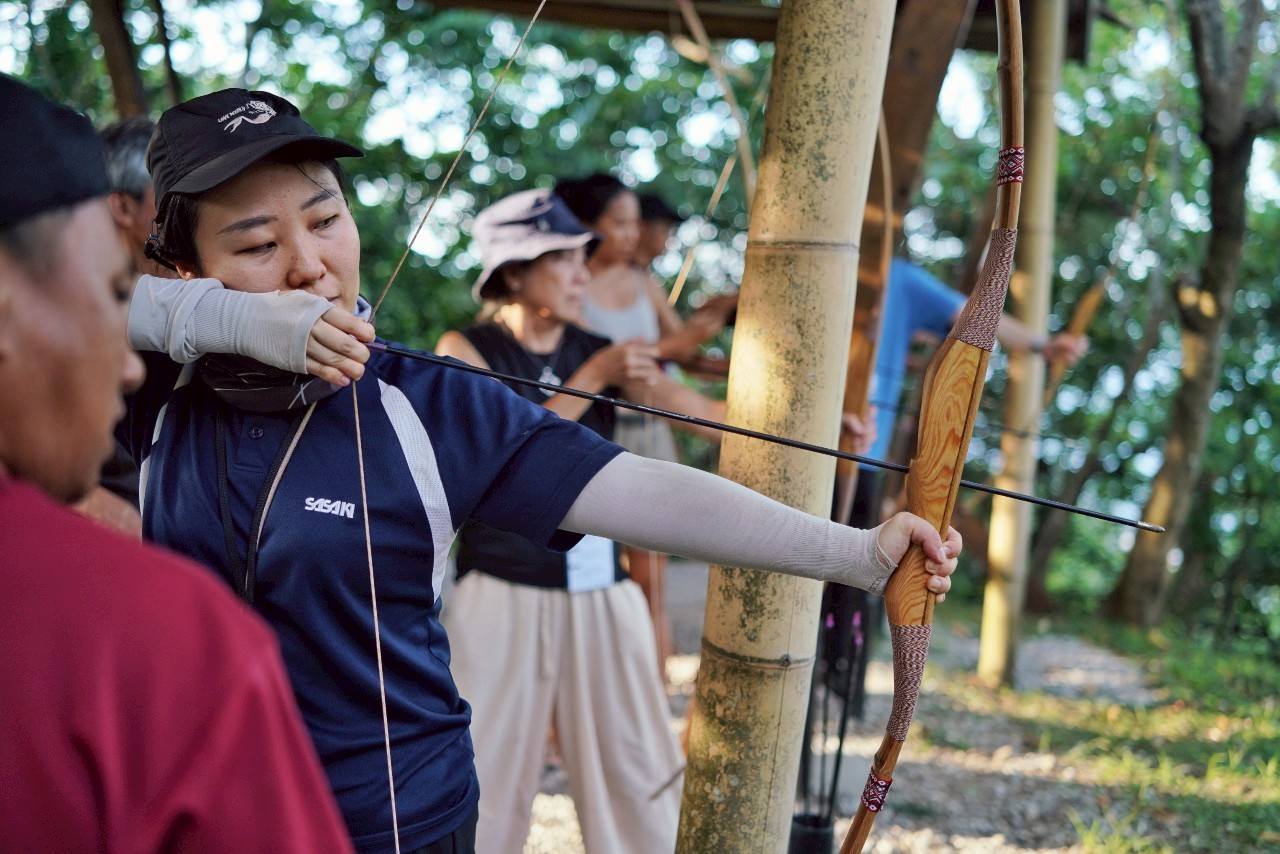
Is Adventure About Finding Your Comfort Zone?
One of the workshop activities was an archery experience based on the traditional hunting practices of the Bunun people, where the target resembled a wild boar. But rather than a formal archery lesson, Hsu gave only a brief explanation of safety rules and how to hold and release the bow, then simply invited everyone to follow their intuition.
The first time most participants picked up the bow, they could barely hold it properly. The arrows shot out like a group of chicks chaotically flying in all directions. Not a single arrow landed anywhere near the target.
Before the second and third rounds began, Hsu asked everyone to pause and reconnect with the body and focus on the breath. He encouraged them to quietly reflect on what happened in the previous round:
- “How were your feet positioned?”
- “Where did your hand grip the bow?”
- “Which direction were your eyes looking?”
- “What movement did your body make that caused the arrow to fly away from or closer to the target?”
After scanning their body memory and aligning movement with breath, everyone tried again. Then, something almost magical happened. All six arrows shot during this round landed solidly and powerfully in the target. It was as if the body remembered the feeling of getting it right and could replicate the motion effortlessly. The goal wasn’t precision. It was about tuning in to how one’s body moves when it acts.
One participant shared this powerful experience of breath awareness and mindful archery after the workshop ended. The Gao Shan Forest Tribal Ranch had designed a full sequence of physical and cultural adventure activities from walking slowly into the forest with eyes closed to see nature with your inner vision to learning to climb trees like monkeys. The emphasis wasn’t on hitting the bullseye or reaching the treetop but on helping each participant discover how to relate to their body in a way that feels most natural and comfortable.
This thoughtful integration of healing and indigenous culture left a deep impression on the AWA team. Pryor even pointed out an interesting perspective that we often hear that adventure is about stepping out of your comfort zone. But in adventure therapy, the real meaning of ‘adventure’ is about finding your own comfort zone within new territory.
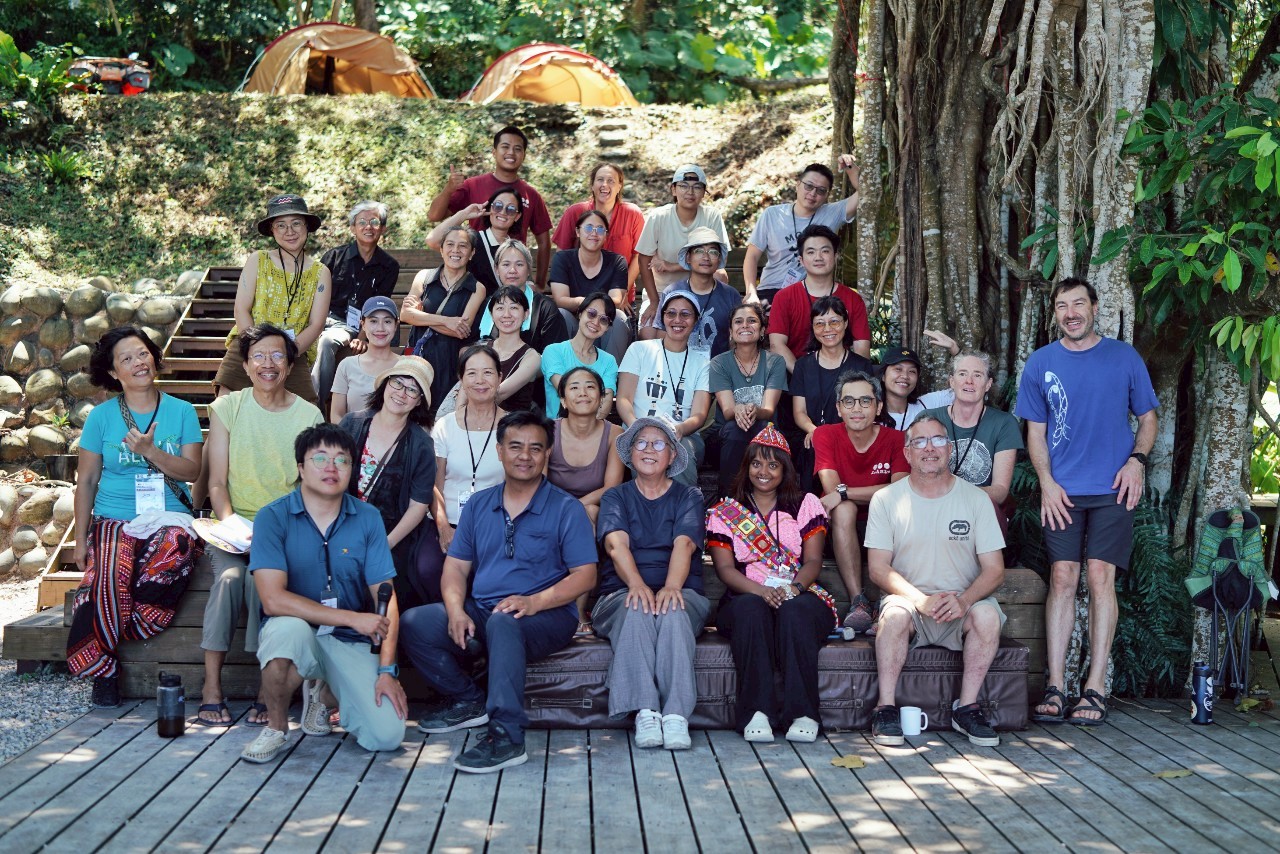
“First, be with yourself. Then, be with others.” – Tinag
When the 2024 earthquake dealt a heavy blow to the tourism industry in Hualien and Taitung, the Gao Shan Forest Tribal Ranch and the BINBIN Ecotourism Alliance partners joined hands to walk a more sustainable path – shifting from “chasing crowds” to “healing hearts.” Blessed with its location between the Pacific Ocean and the Central Mountain Range, the stunning Huatung region with its rich natural ecology and deep, diverse indigenous cultures has become an ideal stage for the practice of nature-based healing, forming a resilient model for development. As Chair Stanley C. Yen once said, “Huatung’s strengths align with the world’s future direction.”
Indigenous communities can be seen as living, breathing organisms, interweaving nature, art, and daily life into a sustainable ecological network that serves as a vital bridge between tradition and modernity. Mabb emphasizes that we are not owners of the land, but caretakers who carry forward its legacy and safeguard its future, tending to it with humility and joy. This culturally rooted and healing-driven model of development is now fueling local revitalization by cultivating cultural guides and professionals in nature-based healing.
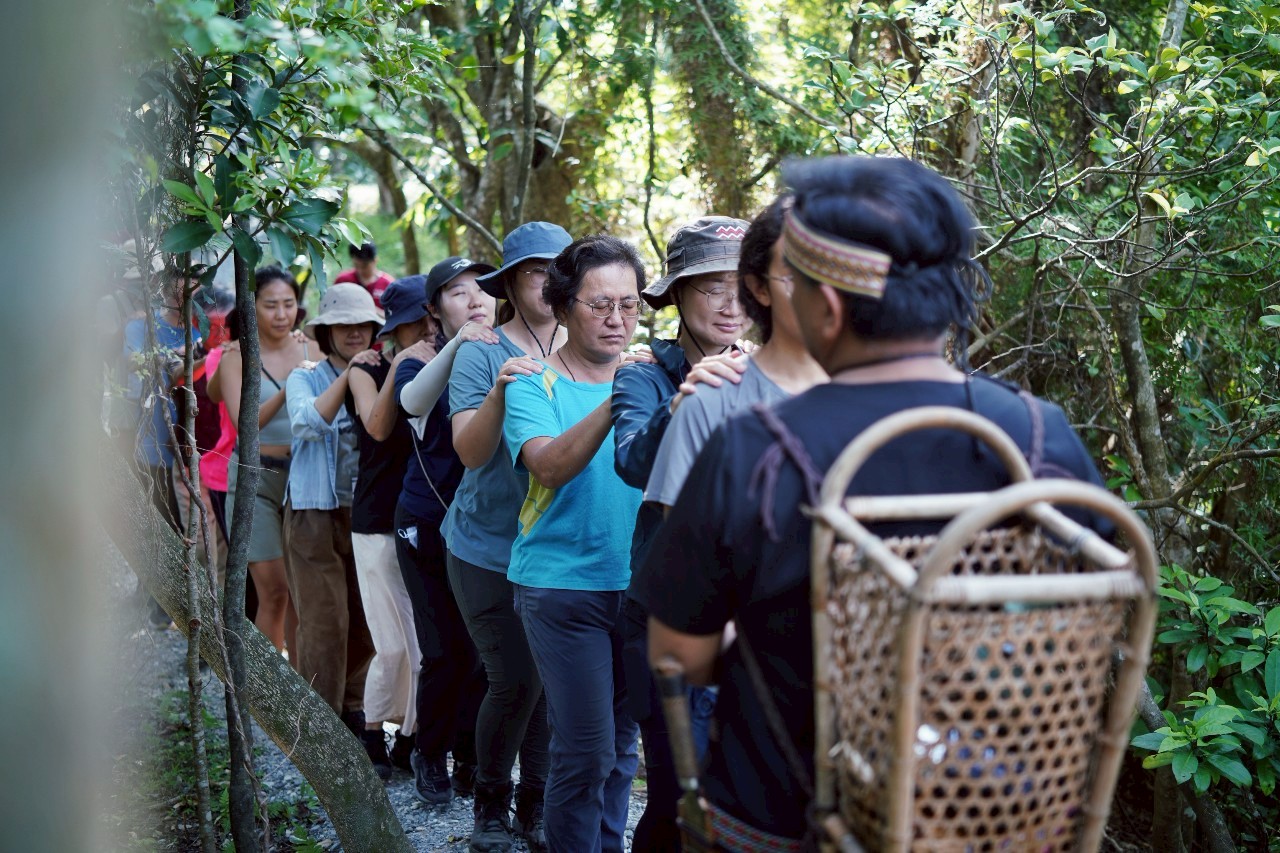
Twenty years ago, AWA introduced the concept of the bush into therapeutic work and founded Bush Adventure Therapy. The bush refers to all natural environments, and through BAT, indigenous peoples take on leadership roles to guide non-indigenous participants in developing deep relationships with nature, ultimately achieving inner balance. Today, AWA is working to integrate BAT as a recognized professional practice within Australia’s mental health and social service systems.
One week after the workshop, the 10th International Adventure Therapy Conference (IATC) was held for the first time in Asia – right in Hualien. A total of 150 professionals from 18 countries, including the AWA team, gathered for this global event. Behind the scenes, a key driving force was Hsu, who has long been deeply engaged in both indigenous culture and psychology. Hsu has integrated the Bunun language and traditional wisdom into the field of psychological education. Through the hands-on exchange with the AWA team during the workshop, he helped plant the seeds for the future of adventure therapy in Taiwan. As Chuang Yao-Nan, board member of the Asian Association for Experiential Education (AAEE), noted through his visual design for the IATC, he drew from a quote by Zambian economist Dambisa Moyo in her book Dead Aid, “The best time to plant a tree is twenty years ago. The next best time is now.”
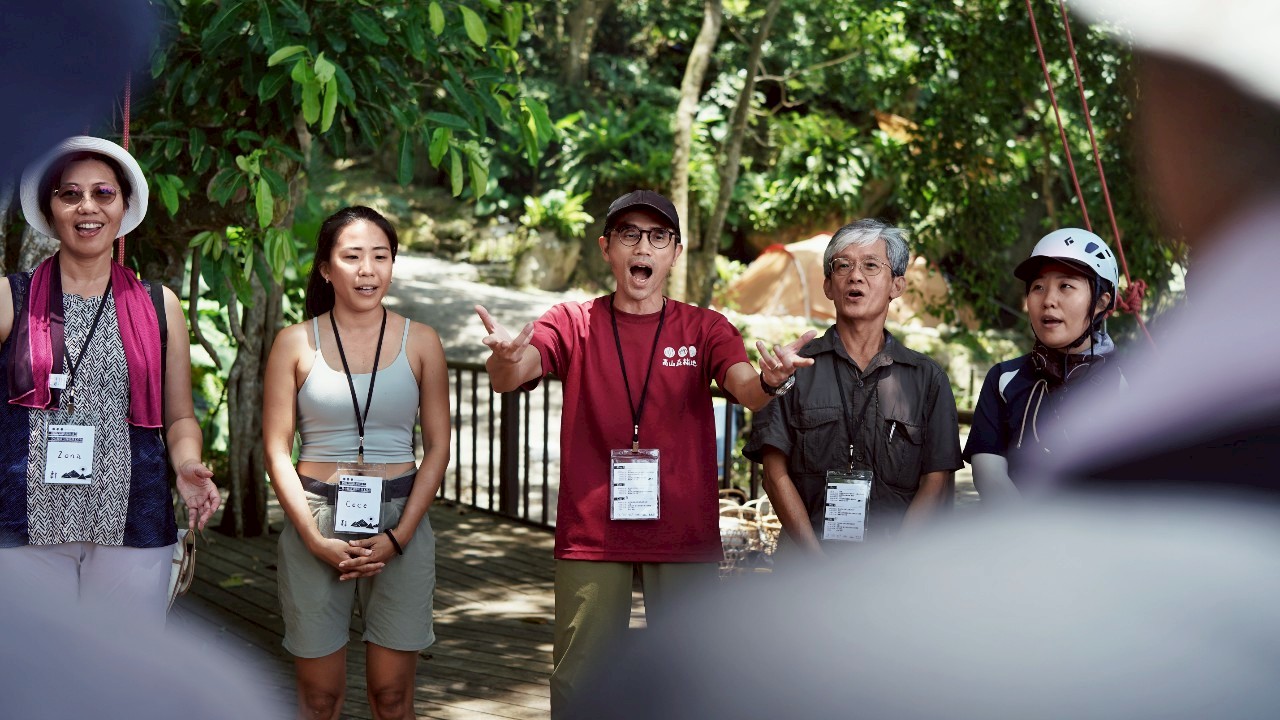
Postscript
Six years after its founding, the Gao Shan Forest Tribal Ranch was devastated by a devastating fire in 2023. The blaze consumed all equipment, tools, and storage facilities – everything was reduced to ashes. Yet when co-founder Tinag recounted this experience at the end of the workshop, he did so with an unexpected sense of calm. He spoke of the wisdom of indigenous Australians, who view fire as a “partner,” and how, in the end, the fire became a gift from life itself.
“When I was on the verge of deciding to shut the base down,” Tinag recalled, “a tide of blessings poured in from tribal community members, past visitors, and our team partners.” This intangible support proved far more valuable than any material aid. The fire, like a stern teacher, burned away the excess burdens the base had accumulated, revealing what truly mattered. The energy built up over the past six years began to sprout anew – after rebuilding, the ranch was equipped with better facilities and more resources than ever before. Like fresh shoots after a wildfire, it emerged stronger. The fire was both a cleansing and a reminder – it helped Tinag see what needed to be let go, what was worth holding on to, and redefined the essence of his mission – to find a symbiotic path for the tribe and non-indigenous partners, and to focus on caring for the land that carries their families, culture, and natural resources.
Together, the team embarked on a spiritual journey moving from loss, through silence and cohesion, toward renewal. What rose from the ashes was not only the physical structure of Gao Shan Forest Tribal Ranch, but also a deeper connection between Tinag and the land beneath his feet.
Original Chinese Written by | Hsin-Hsuan Hsieh
Photos courtesy of | EG.Lab (For more stunning photos, visit EG.Lab on Facebook)
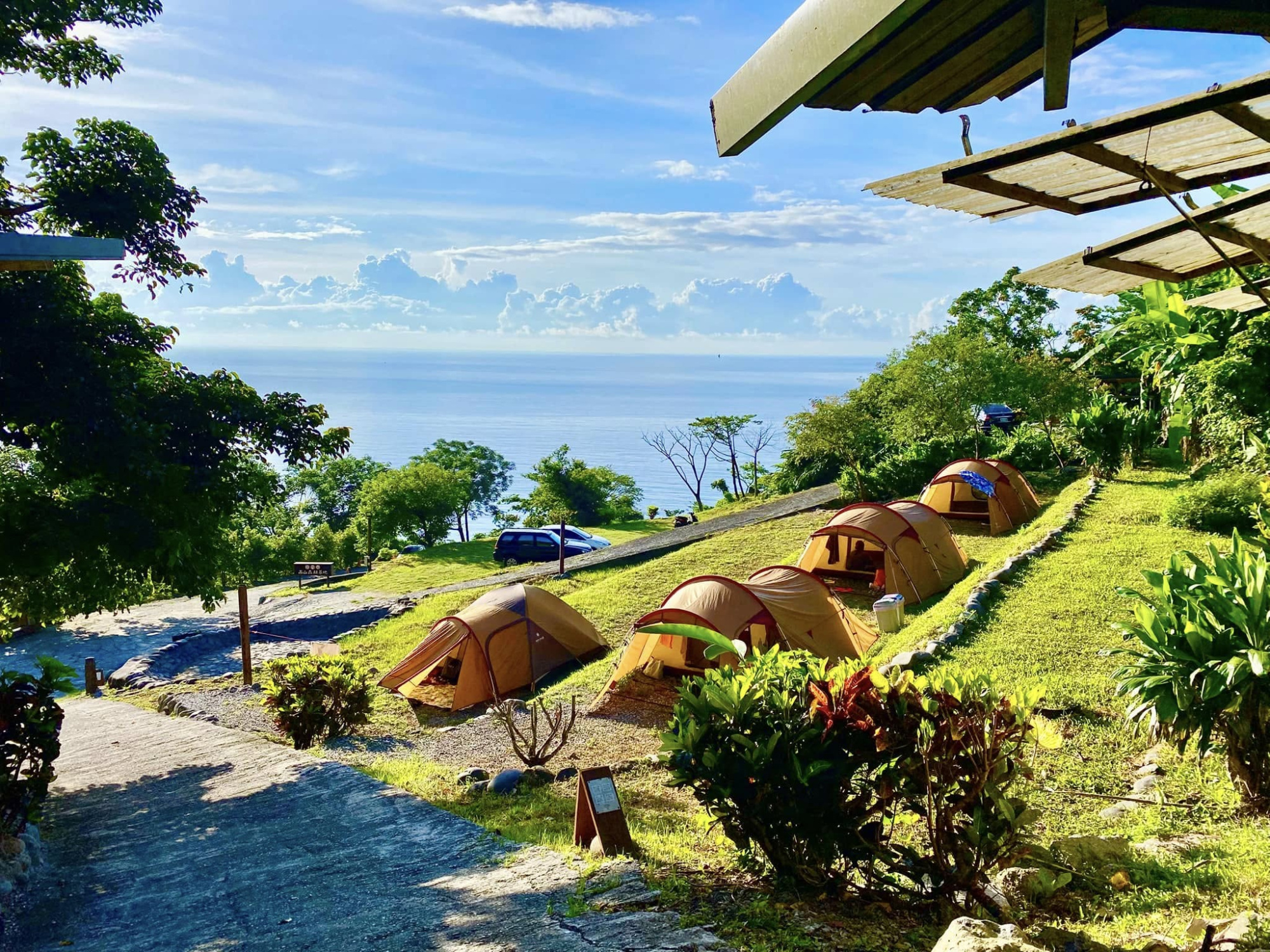
AWA’s Core Values and Practice Principles
I. Four Core Values: The Foundations of Healing
Respect
Humility and reverence for the land, culture, knowledge, and one another form the foundation of all practices. This respect is not only a mindset, but is also demonstrated through concrete actions such as giving thanks in ritual form when harvesting natural resources.
Responsibility
Participants are not just learners, they are stewards of ecological relationships. For example, the AWA team always carries out environmental restoration after each activity, honoring their responsibility to the land.
Reciprocity
Healing is a reciprocal process – people receive healing from nature, and in return, they are called to care for the ecosystem. This spirit of reciprocity breaks the human-centered model of one-way extraction.
Interconnectedness
People, the land, ancestors, and future generations form an inseparable web. A simple campfire ceremony may simultaneously carry ecological knowledge, cultural transmission, and psychological healing.
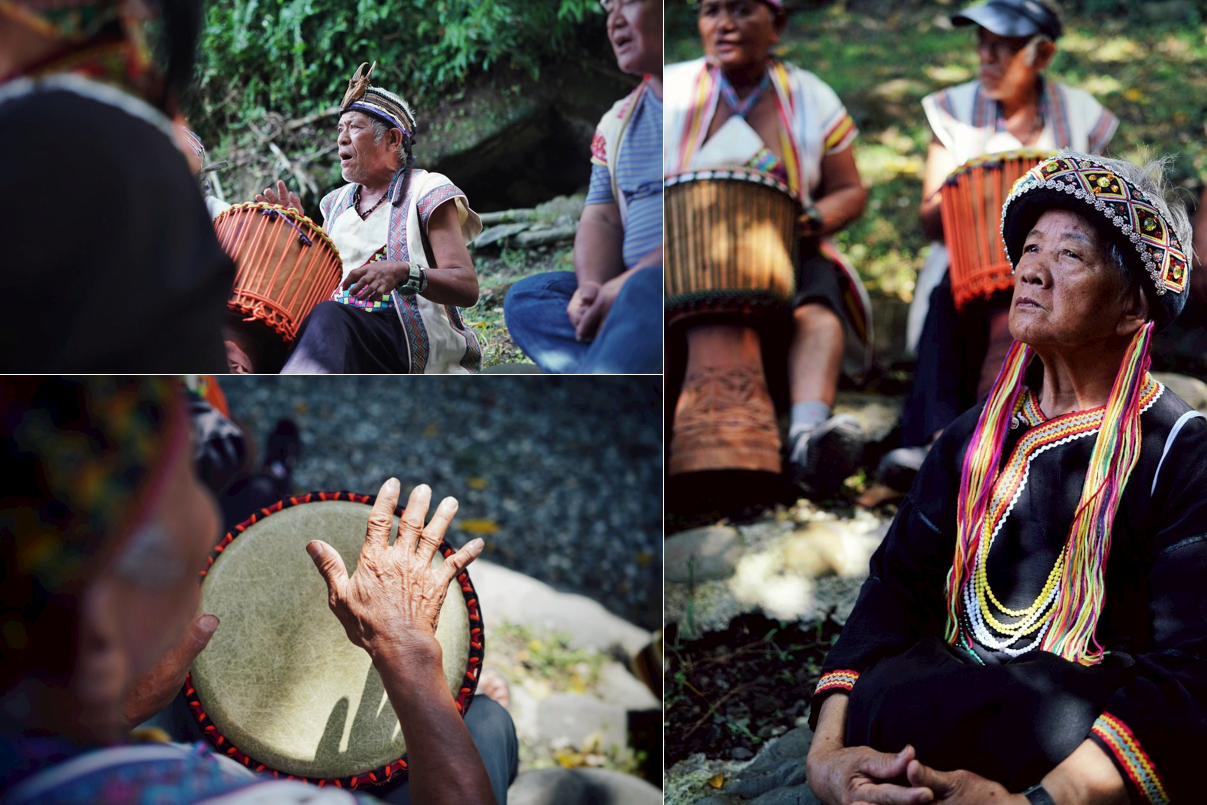
II. Six Practice Principles: From Theory to Action
Cultural Safety
The goal of practice is not for us to feel comfortable, but to ensure that indigenous peoples feel respected and safe within the space we create.
Place-Based Practice
AWA rejects one-size-fits-all healing packages. Every place is unique. Healing cannot be mass-produced like fast food it must honor this land’s way and this moment’s timing.
Holistic Approach
Healing is not limited to mental health alone. It integrates mind, body, spirit, social relationships, and ecology into a unified process.
Equality & Humility
Roles are not defined by knowledge or technical skill. True collaboration begins with equality and humility.
Deep Listening
This means not only listening to others, but also tuning into one’s inner world being aware of subtle sensations and emotions in the body.
Playfulness
Allowing play and fun to emerge during the healing process is part of vitality itself. It is also a powerful way to foster deep connection.
